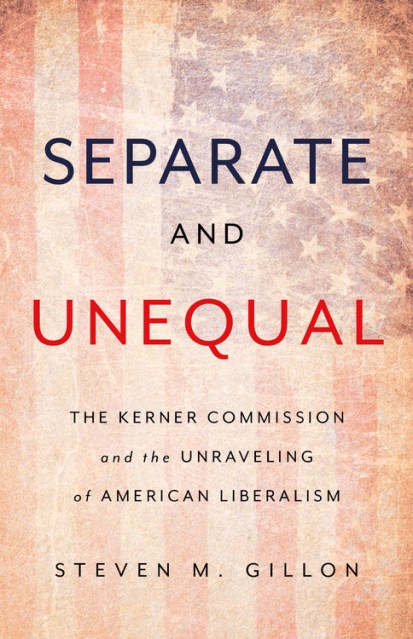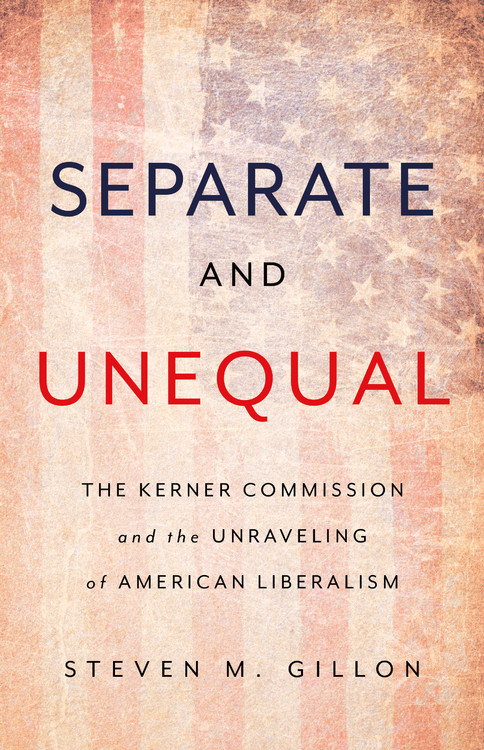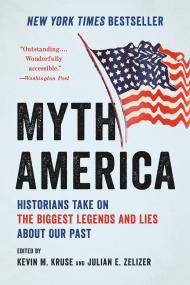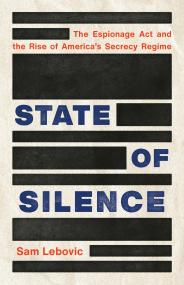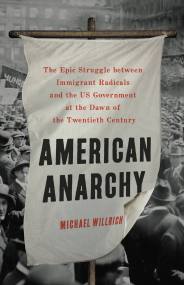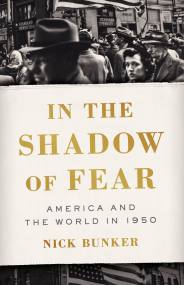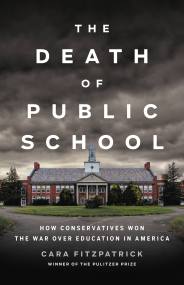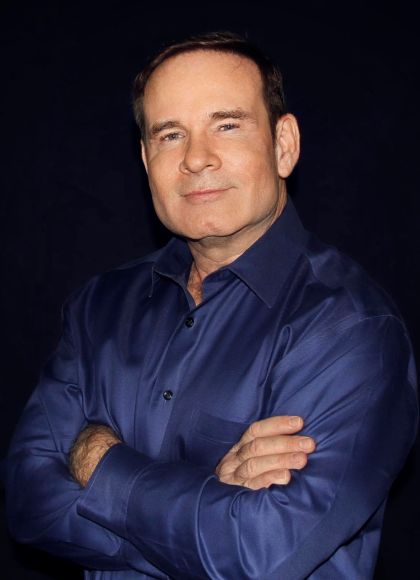Promotion
Use code MOM24 for 20% off site wide + free shipping over $45
Separate and Unequal
The Kerner Commission and the Unraveling of American Liberalism
Contributors
Formats and Prices
Price
$32.00Price
$42.00 CADFormat
Format:
- Hardcover $32.00 $42.00 CAD
- ebook $19.99 $25.99 CAD
- Audiobook Download (Unabridged)
This item is a preorder. Your payment method will be charged immediately, and the product is expected to ship on or around March 6, 2018. This date is subject to change due to shipping delays beyond our control.
Also available from:
In Separate and Unequal, New York Times bestselling historian Steven M. Gillon offers a revelatory new history of the National Advisory Commission on Civil Disorders — popularly known as the Kerner Commission. Convened by President Lyndon Johnson after riots in Newark and Detroit left dozens dead and thousands injured, the commission issued a report in 1968 that attributed the unrest to “white racism” and called for aggressive new programs to end discrimination and poverty. “Our nation is moving toward two societies,” it warned, “one black, and one white — separate and unequal.”
Johnson refused to accept the Kerner Report, and as his political coalition unraveled, its proposals went nowhere. For the right, the report became a symbol of liberal excess, and for the left, one of opportunities lost. Separate and Unequal is essential for anyone seeking to understand the fraught politics of race in America.
Genre:
- On Sale
- Mar 6, 2018
- Page Count
- 400 pages
- Publisher
- Basic Books
- ISBN-13
- 9780465096084
Newsletter Signup
By clicking ‘Sign Up,’ I acknowledge that I have read and agree to Hachette Book Group’s Privacy Policy and Terms of Use
